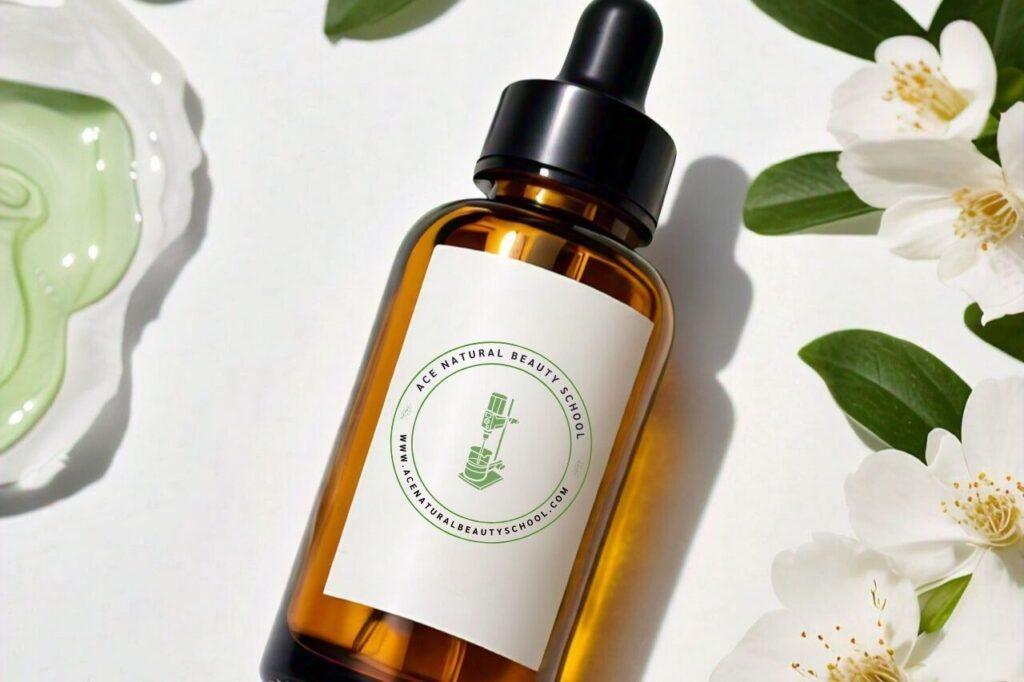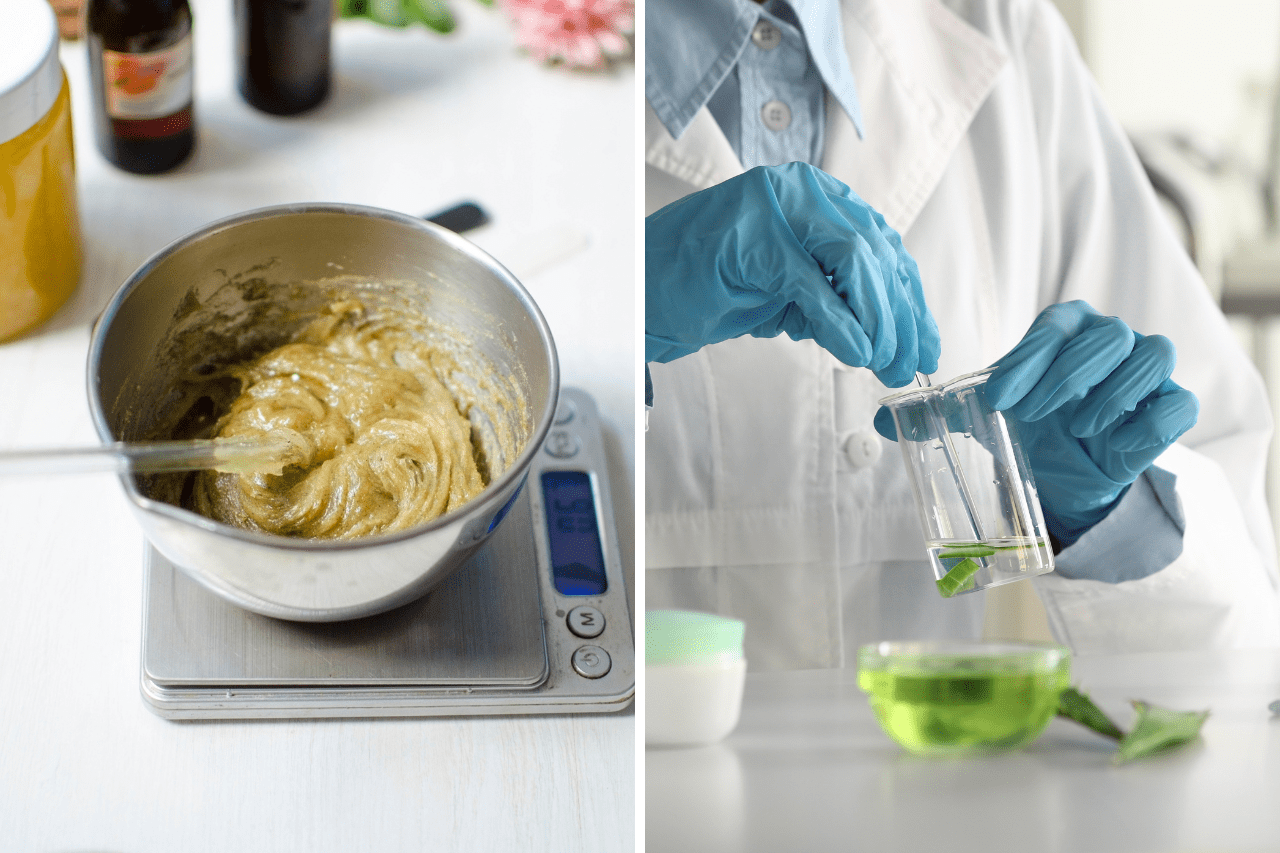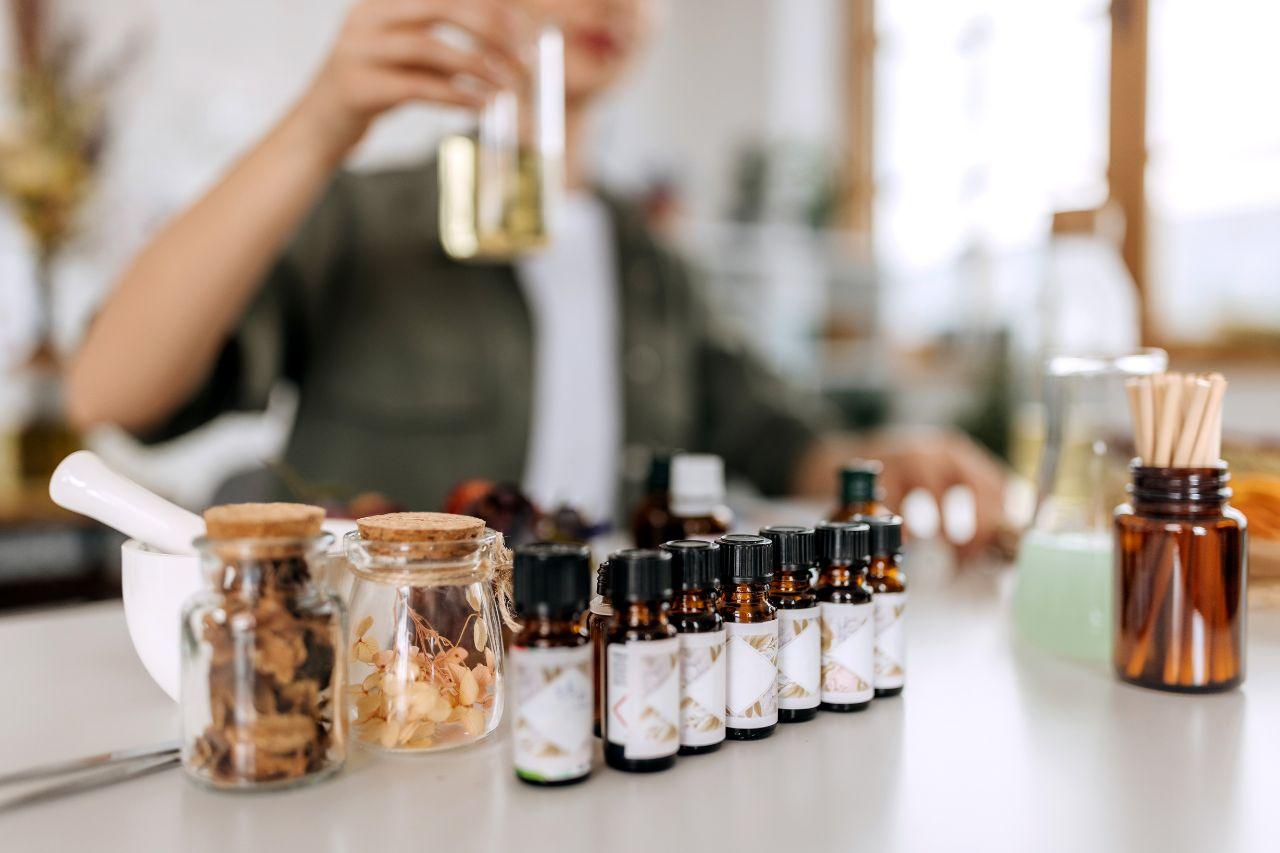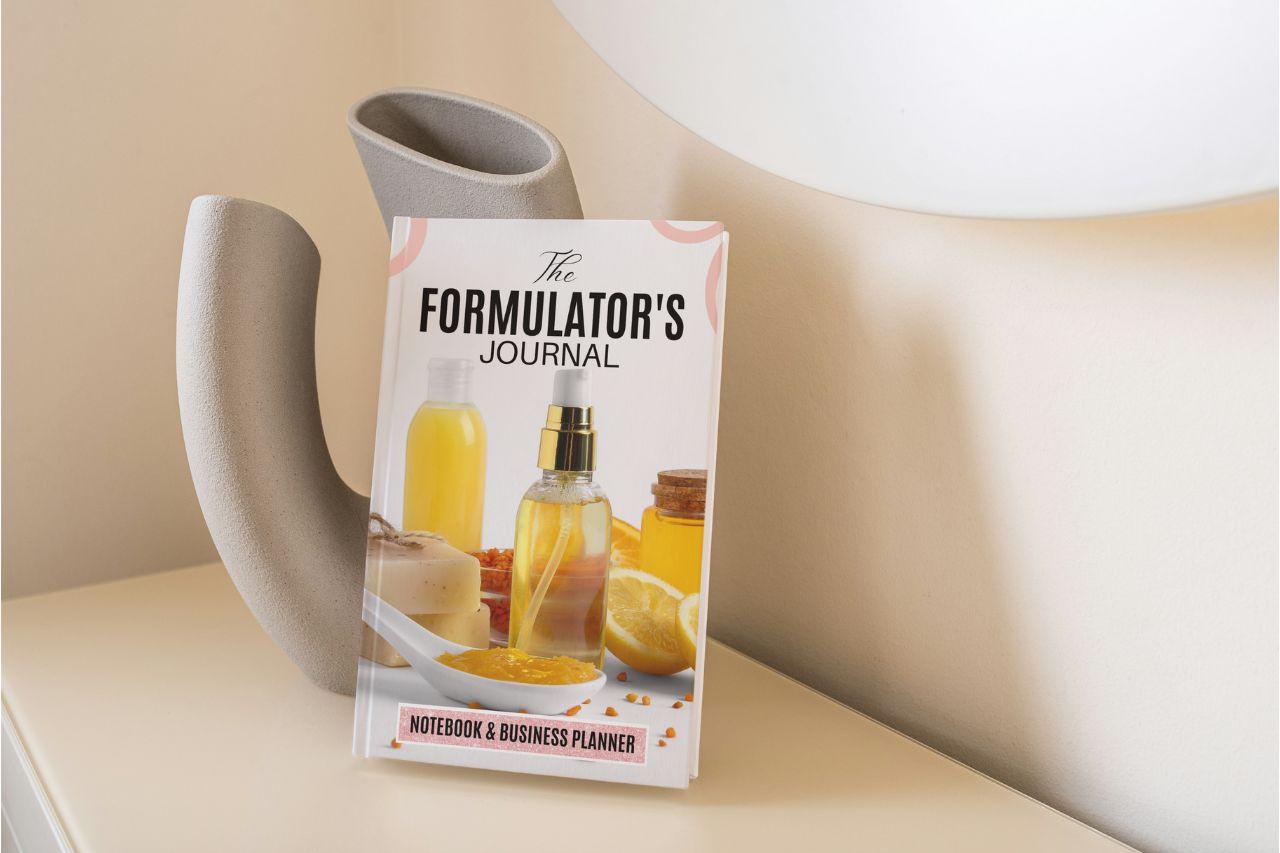HOW TO MAKE A POWERFUL ANTIOXIDANT FACIAL OIL

Facial oils have emerged as a game-changer, offering a luxurious and nourishing alternative to traditional moisturizers. These oils, rich in essential fatty acids and antioxidants, provide a multitude of benefits for your skin, from nourishment to protection from environmental stressors.
Among the most sought-after facial oils are those infused with antioxidants. Antioxidants are compounds that neutralize harmful free radicals, which can contribute to premature aging, skin damage, and dullness. By incorporating antioxidants into your skincare routine, you can help protect your skin from oxidative stress and promote a healthier, more radiant complexion.
In this comprehensive blog post, we will explore our formulation for the Marula and Vitamin C Antioxidant Facial Oil, a powerful blend designed to nourish and revitalize your skin. We will also discuss the key ingredients in the formulation, their benefits, and the rationale behind their selection.
Table of Contents
What is an antioxidant?
Antioxidants are compounds that play a crucial role in protecting your skin from damage caused by free radicals. Free radicals are highly reactive molecules that can cause oxidative stress, leading to premature aging, wrinkles, and other skin concerns.
Benefits of Antioxidants in Skincare Products:
- Antioxidants can help prevent the breakdown of collagen and elastin, two proteins essential for maintaining youthful-looking skin.
- This can help reduce the appearance of fine lines and wrinkles.
- Antioxidants can help to neutralize free radicals that can cause hyperpigmentation, leading to a brighter and more even complexion.
- Antioxidants can help to reduce inflammation and improve skin texture, making it smoother and softer.
- Pollutants, UV rays, and other environmental factors can generate free radicals.
- Antioxidants can help shield your skin from these harmful effects.
- Antioxidants can help to accelerate the healing process by reducing inflammation and promoting tissue repair.
Understanding the Ingredients
Marula Oil
Marula oil, extracted from the marula fruit, is a lightweight and non-greasy oil that is rich in antioxidants, essential fatty acids, and vitamins. It is particularly high in oleic acid, a monounsaturated fatty acid that helps to hydrate and nourish the skin. Marula oil’s antioxidant properties can help to protect the skin from environmental damage and premature aging.
Sweet Almond Oil
Sweet almond oil is a gentle and nourishing oil that is suitable for most skin types. It is rich in fatty acids, including linoleic acid, which helps to strengthen the skin’s barrier and prevent moisture loss. Sweet almond oil is also a good source of vitamin E, a potent antioxidant that can help to protect the skin from damage.
Sea Buckthorn Oil
Sea buckthorn oil is a bright orange oil that is packed with antioxidants, vitamins, and minerals. It is particularly rich in carotenoids, which have antioxidant properties and can help to protect the skin from damage caused by free radicals. Sea buckthorn oil is also a good source of omega-3 fatty acids, which can help to improve skin hydration and elasticity
Tetrahexyldecyl ascorbate Acid
is a highly stable form of vitamin C. Vitamin C helps to boost collagen production, which can help to improve skin elasticity and reduce the appearance of wrinkles. Vitamin C can also help to brighten the complexion by inhibiting the production of melanin, the pigment that gives skin its color.
Squalene
Squalene is a naturally occurring lipid that is found in human sebum. It helps to maintain the skin’s natural barrier, preventing moisture loss and protecting the skin from environmental damage. Squalene is also a good source of antioxidants, which can help to protect the skin from free radicals.
Tocopherol
Tocopherol is another name for vitamin E, a potent antioxidant that can help to protect the skin from damage caused by free radicals. It can also help to improve skin hydration and elasticity.
Benefits of the Facial Oil
- The blend of marula oil, sweet almond oil, and squalene provides deep hydration and nourishment, leaving your skin feeling soft and supple.
- The high concentration of antioxidants, including vitamin C, vitamin E, and sea buckthorn oil, helps to protect your skin from damage caused by free radicals, reducing the appearance of fine lines and wrinkles.
- The oils in the formulation can help to improve skin texture, making it smoother and more radiant.
- Vitamin C can help to brighten the complexion, reducing the appearance of hyperpigmentation.

Marula and Vitamin C Glow Antioxidant Facial Oil Recipe
A lightweight, non-comedogenic facial oil rich in antioxidants. Whether you’re battling dryness, dullness, or signs of aging, this versatile oil offers a solution. Its lightweight formula absorbs quickly, leaving your skin feeling soft, hydrated, and revitalized.
| PHASE | INGREDIENTS | FUNCTION | WEIGHT(G) |
|---|---|---|---|
| A | Marula Oil | Emollient, Antioxidant | 50 |
| A | Sweet Almond Oil | Emollient, Moisturiser | 30 |
| A | Sea buckthorn Oil | Antioxidant, Healing | 5 |
| A | Tetrahexyldecyl Ascorbate Acid | Antioxidant, Brightening | 1 |
| A | Squalene | Emollient, Moisturiser | 13.5 |
| A | Tocopherol | Antioxidant | 0.5 |
| 100 |
Equipments needed
- Digital scale
- Beakers or measuring cups
- Stirring rod or spoon
- Funnels
- Dropper bottles
- Labelling
The Formulation Process
Steps:
- Accurately measure each ingredient using your digital scale.
- In a clean beaker, combine the ingredients together. Stir gently until the oils are thoroughly mixed.
- Pour the finished oil into sterilized dropper bottles and label. Store the oil in a cool, dark place away from direct sunlight.
Conclusion
The Marula and Vitamin C Antioxidant Facial Oil is a powerful and nourishing blend that offers a multitude of benefits for your skin. By understanding the formulation process and the key ingredients involved, you can create your own customized and effective skincare products.
As an aspiring formulator, it’s essential to continue exploring and experimenting with different ingredients and techniques. The beauty industry is constantly evolving, and staying updated with the latest trends and innovations is key to your success.
References:
- The Handbook of Cosmetic Science and Technology by Victor A. Lachman, Herbert A. Lieberman, and Theodore E. Canis
- Cosmetic Formulation and Technology by A.R. Martin
- The Cosmetic Ingredient Dictionary by Paula Begoun
- National Institutes of Health (NIH): For information on the safety and efficacy of various ingredients.
- Cosmetic Ingredient Review (CIR): An independent expert panel that assesses the safety of cosmetic ingredients.
- International Journal of Cosmetic Science: A peer-reviewed journal that publishes research on cosmetic science and technology.
Click to enroll for the Free Skincare Formulation Course










